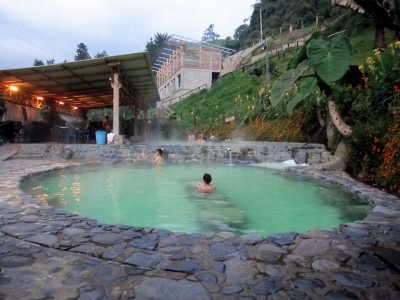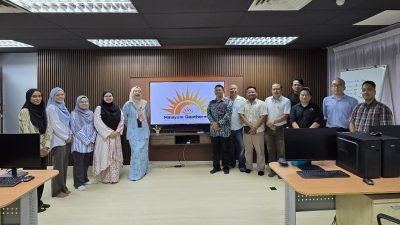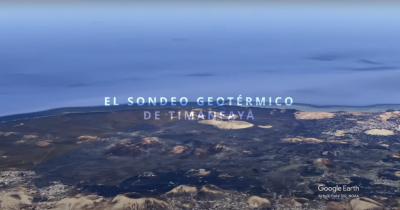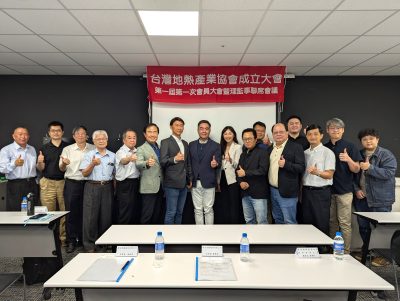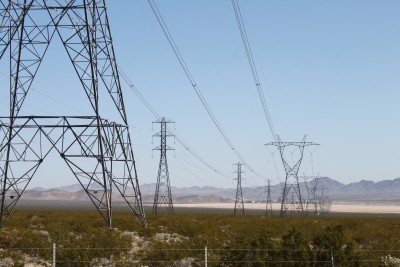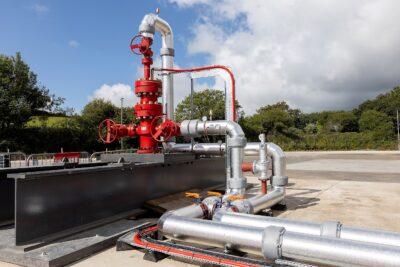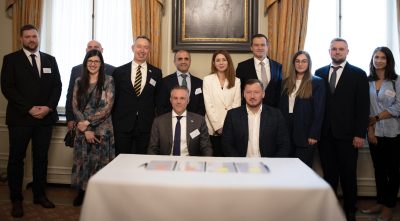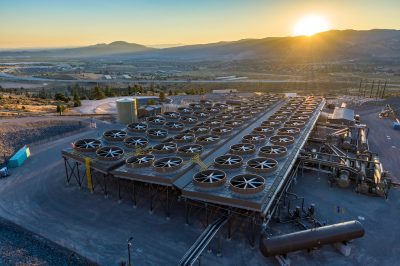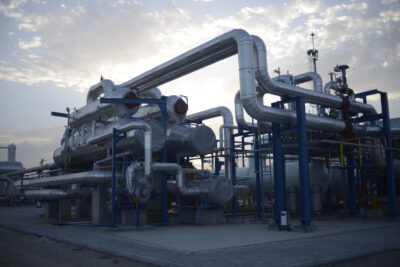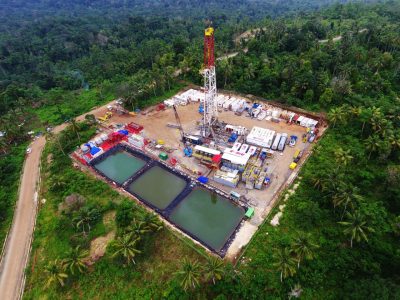Pilot application of UNFC classification for geothermal
IRENA has just published a report on pilot applications of the UNFC geothermal classification in the Caribbean, Ethiopia and Indonesia, a joint project by IRENA, IGA and the World Bank's ESMAP programme.
The lack of global standards, guidelines and codes for geothermal energy project increases the uncertainty with the compatibility and risks associated with geothermal energy development.
The joint report from IRENA, the International Geothermal Association (IGA) and the World Bank’s Energy Sector Management Program (ESMAP), supported by United Nations Economic Commission for Europe (UNECE), employs the United Nations Framework Classification (UNFC) for geothermal energy resources in a pilot programme.
The pilot programme classified three geothermal fields according to the three-dimensional UNFC system describing technical feasibility, environmental-socio-economic viability, and degree of confidence on resources. The selected geothermal fields are Mataloko project in Indonesia, the Wotton Waven-Laudat project in the Eastern Caribbean islands, and the Aluto-Langano field in Ethiopia.
The report highlights the main challenges and way forward to adapt the broader UNFC specifications and guidelines to geothermal energy resources.
We previously reported on the UNFC on the initial release, and on a webinar on the topic of 2020.
The International Geothermal Association (IGA) and the United Nations Economic Commission for Europe (UNECE) jointly set out to develop specifications and guidelines following the broader United Nations Framework Classification (UNFC) for the geothermal sector.
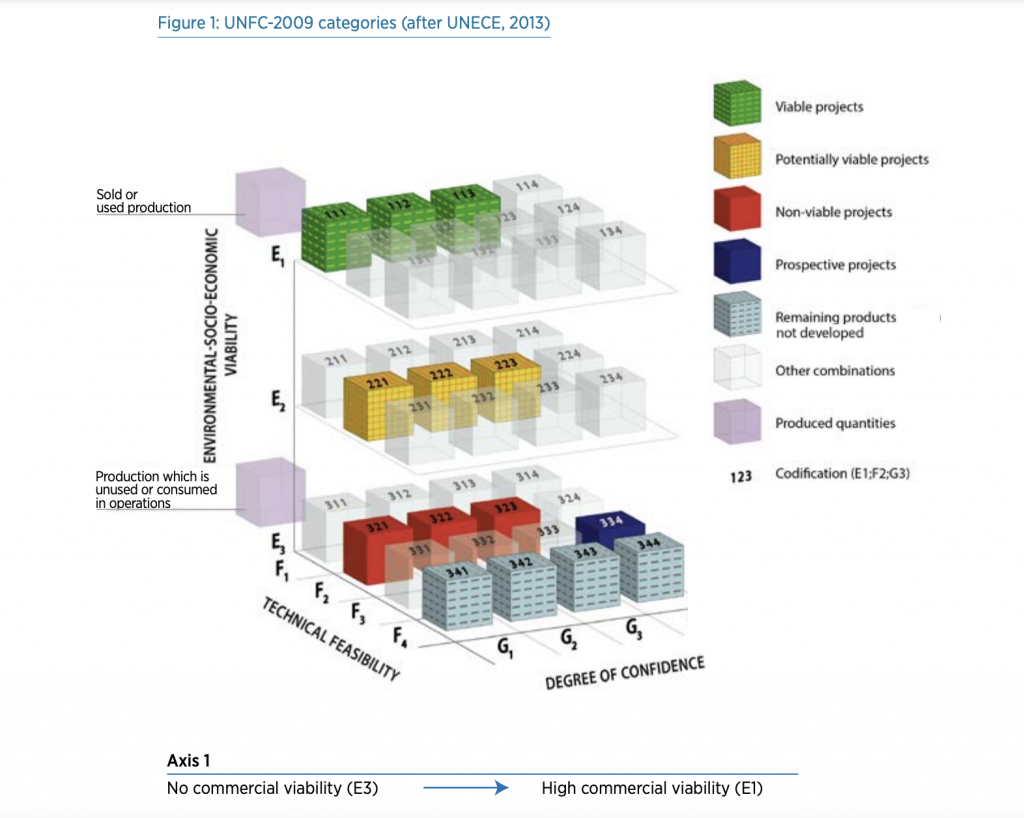
The UNFC constitutes a voluntary, three-dimensional system with three key axes describing feasibility, economic viability and geological assessment. Resource classification is the basis on which coherent and reliable energy policies are formulated by governments to sustainably manage their resources. Classification also makes it easier for industry players to assess natural resource prospects and to appropriately allocate capital. The classification of geothermal energy resources according to the UNFC guidelines (UNECE, 2009) was adapted to allow a meaningful comparison of geothermal resource estimates with other energy resources.
Users of the UNFC geothermal specifications now have a comprehensive system that provides coherent, reliable and globally comparable data, which has the potential to facilitate increased efficiency in policymaking and in public resource management. In addition, users from industries across the world operating in energy markets now have a concise way of evaluating investment prospects in the sector, thereby providing information to secure financing from international capital markets.
Personally, I congratulates IRENA and the Global Geothermal Alliance, IGA and the ESMAP programme on the report and the work done, being involved in the initial phases as President of IGA was an honour. Thank you to all that have been involved, last but not least Gioia Falcone and Graeme Beardsmore that have driven the work with UNFC on behalf of IGA and the wider geothermal community, but also Marit Brommer for the surely massive work behind it.
Source: IRENA






